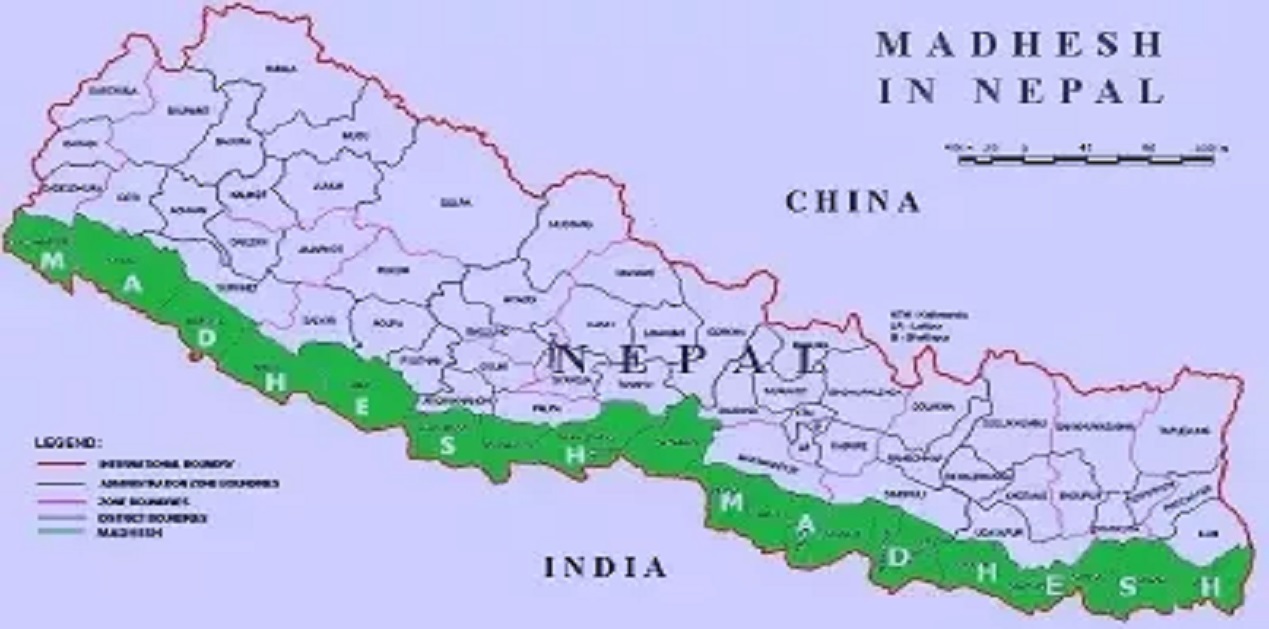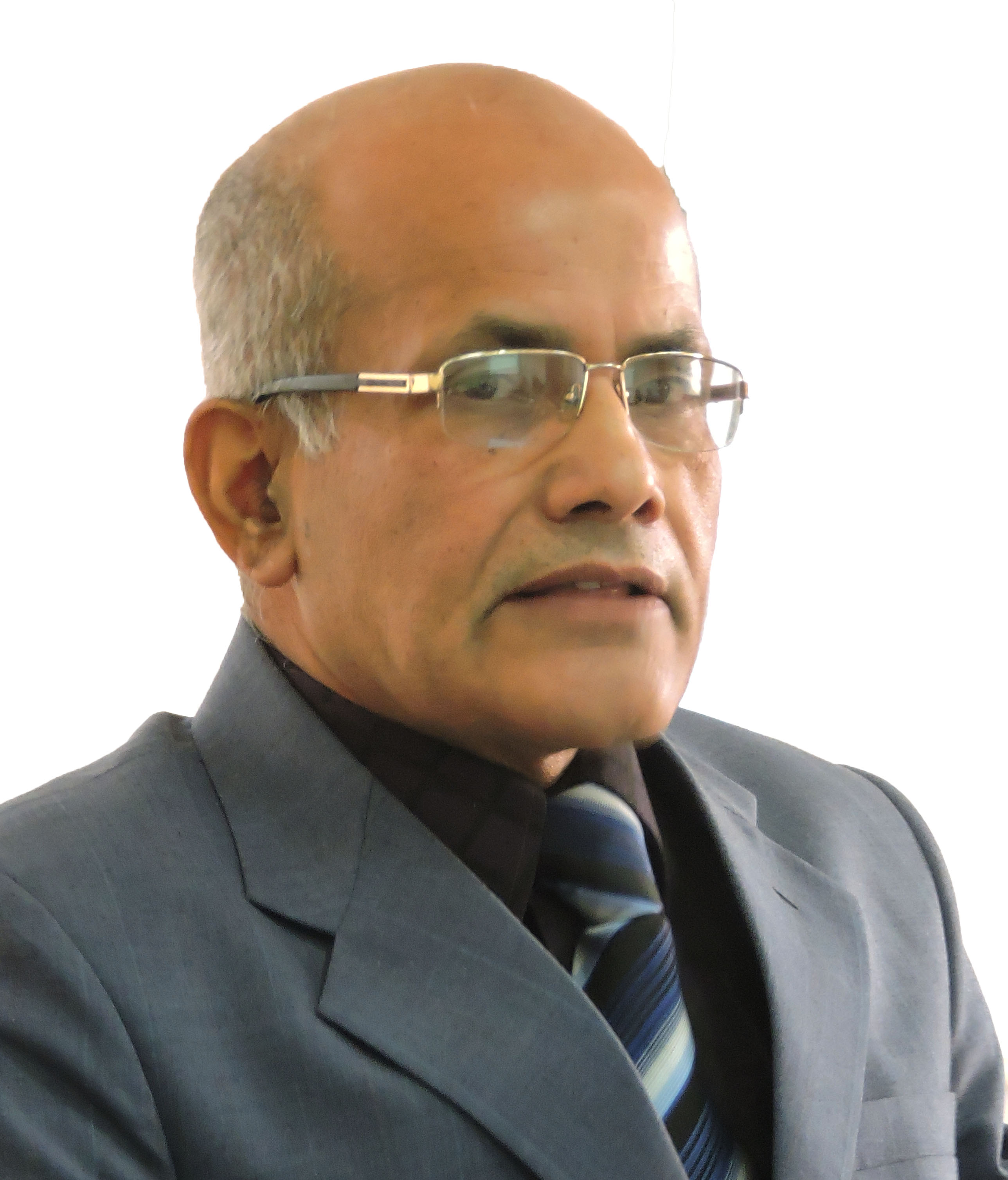Ever since the end of the autocratic Rana regime in Nepal in 1951, the country has had seven constitutions. Yet, none of the constitutions survived for more than a decade or so in this country. During the last seven decades, the country witnessed different political systems varying from absolute monarchy to constitutional monarchy and further to the republican system. Similarly, the country also experimented with a party-less form of the political regime under the “Panchayat system,” apart from the multi-party parliamentary system based on the Westminster model. If the voice of the common masses is any indicator, even the present constitution that was promulgated in 2015 does not seem to have a longer life.
After the political change in 1990, the democratic parties apart from the communists and the radical Maoists ruled the country. In 2008, the country also lost its glory as a Hindu state and turned into a secular state. In the matter of faith, the population of the Hindus declined while that of the Muslims and the Christians soared up.
However, what did not change over the years is the power structure in the country in which the Arya-Khas group of the population comprising Hill-Brahmins and chhetriyas have been ruling the country for over 250 years. This group constitutes merely 28 percent of Nepal’s total population, but they managed to sideline 72 per cent of the population of the Madheshis, Janajatis (indigenous people), Dalits and other disadvantaged sections in different layers of the administrative system.
Among the disadvantaged communities that have been largely kept away from the power structure, the Madheshis and the Janajatis account for close to two-thirds of the country’s population. Whereas the Madheshis have a dominant presence in the Terai region of Nepal, the Janajatis have equally strong presence in the hills and the mountain regions of the country.
Nevertheless, derogatory words like ‘Matwali’ meaning alcohol drinkers were used in the Muluki Ain (country code) of 1854 AD against the Janajatis. Concerning the Madheshis, they have been regarded as second-class citizens in the country. These two communities in general and the Dalits, in particular, have been victims of discrimination in the country in the allocation of resources, citizenship certificates and also in the administrative, judiciary, diplomatic, security agencies and political parties.
Over the years, both the Janajatis and the Madheshis launched movements against the state in their efforts to make their presence felt in different layers of administration. For this, they also formed ethnicity-based political parties separately to raise their voice on the streets and in the parliament, but those too did not deliver the desired result. Even the Madhesh movement of 2007, 2008 and further of 2015-16 could not succeed. This was because the Madheshi leaders failed to work jointly with the Janajati and Dalit groups. Taking advantage of this situation, the state suppressed all the Madhesi and Janajati movements launched in the country in the past.
Even after the introduction of the federal constitution in the country in 2015, the Madheshi, the Janajati and the Dalit groups remained divided. Whereas many of the Madheshis participated in the local, provincial and parliamentary elections in 2018 under the banner of Madhes-based political parties; the Janajatis participated in the elections under the banner of Janajati parties. Simultaneously, the Madheshi and the Janajati people also participated in the elections under the banner of those political parties dominated by the Arya-Khash group like the Nepali Congress, the CPN-UML and the Maoists. As such, they neither secured a strong presence at the local level units nor at the provincial assemblies and the House of Representatives (HoR) at the national level.
Subsequently, the so-called Madhesh-based political parties removed the word ‘Madhesh’ or ‘Terai’ from their names in the bid to project themselves as the national parties. The same was the case with the Janajati political parties. Such uncalled-for activities further weakened the strength of the disadvantaged communities.
It was mostly the communist parties in Nepal that benefited most from the divisions within the Janajati groups, which happen to be the largest ethnic group in the country constituting over 36 per cent of the total population. The strength of the communists, including the Maoists, is the strength of the Janajatis as they have a substantial presence in those parties. Because of the militancy among this ethnic group, the communists until today have been using them without giving them due returns in the share of the power structure.
The Maoist movement in Nepal gained momentum because they assured the different ethnic groups, particularly the indigenous people to grant them states under the federal system based on their socio-cultural practices like Madhesh Pradesh, Tharuwan Pradesh, Limbuwan Pradesh, Kirat Pradesh, Newa Pradesh, Tamsaling Pradesh, Tamuwan Pradesh, Magarat Pradesh and Khaptad Pradesh. But later on, realizing the fact that the state formation on the ethnic lines would end the monopoly of the existing elite groups, they backtracked from their stand.
Because the communist parties have no ideology of their own based on the cultural and social traditions of the country, they happen to find their ideological base inforeign thinkers like Karl Marx, Lenin, Mao, and Che Guevara. Unfortunately, they ignore the fact that Buddha who was born in Nepal was far greater socialist or communist than those who claim themselves to be so. Buddha’s focus on ‘Sangh’ or ‘Commune’ could have been more appealing to the Nepalese as it had its roots in our society and culture.
Also, the communists learnt little from rule of law and the administrative structure of the Janajatis. They even sidelined the Divya Updesh (Divine Counsel) of Prithvi Narayan Shah, the founding monarch in Nepal, who gave important sermons towards the end of his life in 1774-75 on the issues related to statecraft, proselytization and the need to safeguard the Hindu religion.
So much so, that the communists even failed to inherit their ideology from Lord Ram whose administrative structure popularly called ‘Ram Rajya’ is still regarded as the model of a welfare state. But instead of making Ram, Krishna or Buddha the cornerstone of their ideological base, they have been blindly following the foreign thinkers whose ideology hardly fits in our social life. This is one of the reasons why many of the Janajatis, apart from certain sections of the Madheshis and Dalits have been led to convert themselves to alien faiths mostly during the communist rule, though it is against the letter and spirit of the Nepalese constitution. The West is often charged with supporting the conversion of religion through the INGOs/NGOs.
Quite often the people who get converted to alien faiths are isolated from the mainstream of society. When they get uprooted from their own culture and traditions, they are made to think that whatever indigenous traditions that they or their forefathers have had are valueless and what comes from a foreign source is the reality.
To do away the wrongs in the past, Rajendra Mahato, former Deputy Prime Minister and leader of the Loktantrik Samajbadi Party has strongly raised his voice to develop Nepal as a “Cultural Pluralism Nation” to enable the marginalized and indigenous groups of people living in the Terai/Madhesh, the hills and the mountain region to maintain their unique cultural identities and get due share in the administrative system of the country, which could end the monopoly of the minority group of the Arya-Khas group over the majority of the people belonging to indigenous groups, Madheshis and Dalits. Such an effort by Mahato got wider support of the people from various walks of life as it not only aimed at restructuring the entire gamut of power equation by strengthening democratic values and human rights but also by ensuring the rise of indigenous forces and the fall of communist/evangelist elements in the country.
If the interests of the disadvantaged communities like the Madheshis, Janajatis and the Dalits have to be served, they need to ally themselves to raise their united voice both in the parliament and on the streets both against the conversion of religion and discrimination with them at different layers of administration. What is also needed most is to promote the “indigenous” or “swadeshi” movement in all spheres of life – be it in socio-cultural, religious, economic or political arenas.
(The paper is the author’s individual scholastic articulation. The author certifies that the article/paper is original in content, unpublished and it has not been submitted for publication/web upload elsewhere, and that the facts and figures quoted are duly referenced, as needed, and are believed to be correct). (The paper does not necessarily represent the organisational stance... More >>
Image Source: https://qphs.fs.quoracdn.net/main-qimg-f0e97069cb49405e81781940a506c2f0.webp











Post new comment